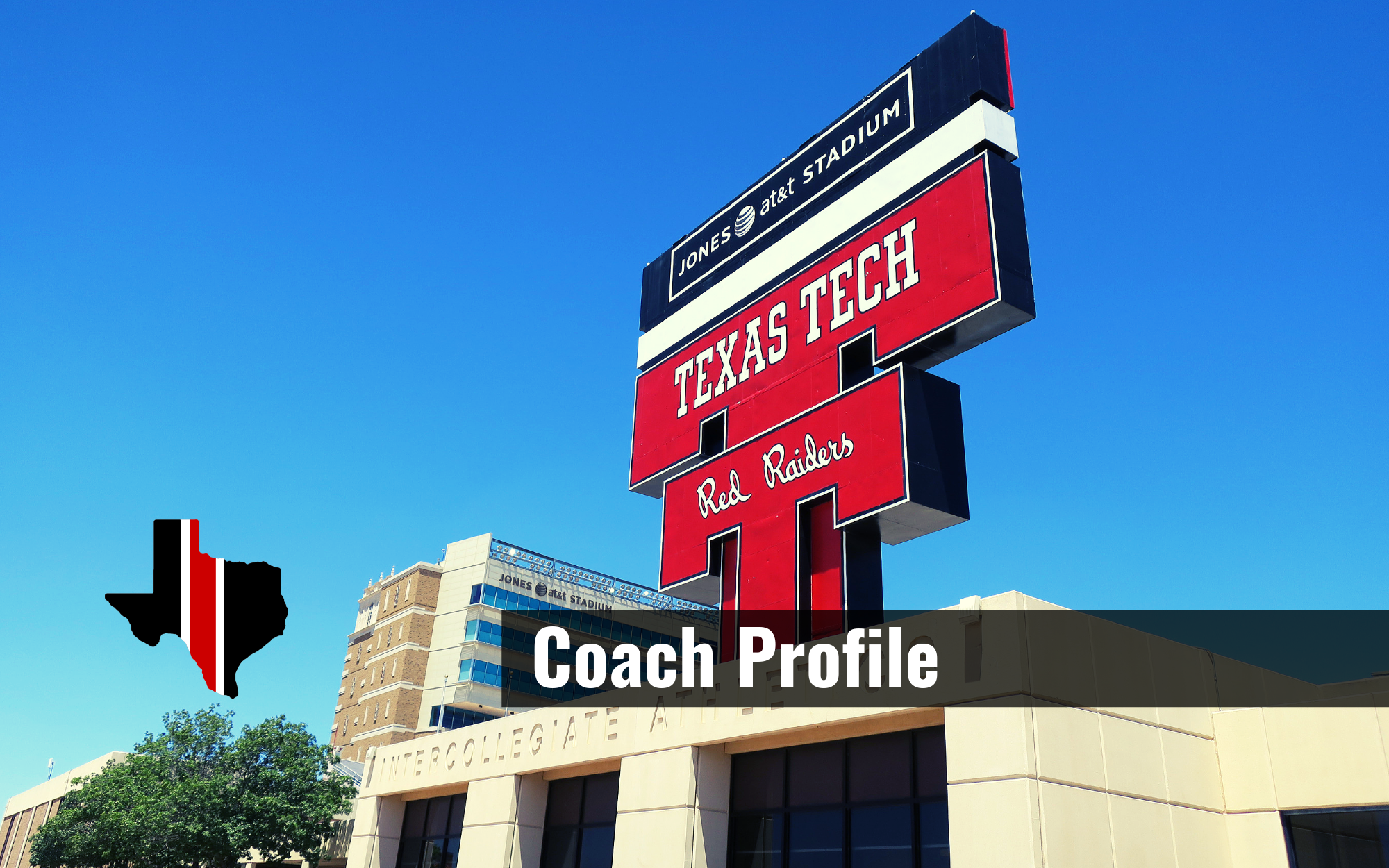Name: Steve Farmer
Position: Offensive Line
Alma Mater: Illinois State
Coaching Experience: Twenty years
Thoughts: Farmer started his coaching career at Eastern Michigan, Eastern Illinois and Illinois State, but got his first break to get paid as the offensive line coach for Louisiana-Monroe from 2004 through 2006 and then became the offensive coordinator for 2007 through 2008. Farmer then hopped to Illinois State to be the offensive coordinator and then went back to Louisiana-Monroe as assistant head coach and offensive coordinator from 2010 through 2015. Farmer then joined Wells at Utah State in 2016 and has been there since.
Utah State was the 35th best team running the ball according to Rushing S&P+, 24th in 2016, and 79th in 2017. If we dig a little deeper, the Football Outsiders offensive line stats show that USU better for the most part, but I also have no idea what Utah State’s offensive line situation was (were they young? experienced? does it matter?).

And if you don’t know what those things mean (the reason to give you the rank so you know how these units stack up nationally) is that Line Yards is how many yards an offensive line can produce, between 0 and 8, with anything over 8 giving credit to the runner. Power Success Rate is the percentage of runs on 3rd or 4th down, with 2 yards or less to go, that achieved the first down or touchdown. the Stuff Rate is the percentage of carries that are stopped at or before the line of scrimmage. I’ll definitely do a deeper dive into these stats over the winter/spring, but wanted to give you an idea as to what Farmer did at Utah State and what Brandon Jones did last year for Texas Tech.
If you like traditional numbers, well, USU ran for 204 yards a game this year, which was 34th, while Texas Tech averaged 133 yards a game, good for 109th. If yards per attempt is your thing, Utah State was 15th in the nation with 5.55 yards per attempt and Texas Tech was 114th in the nation averaging 3.64 yards per attempt.









